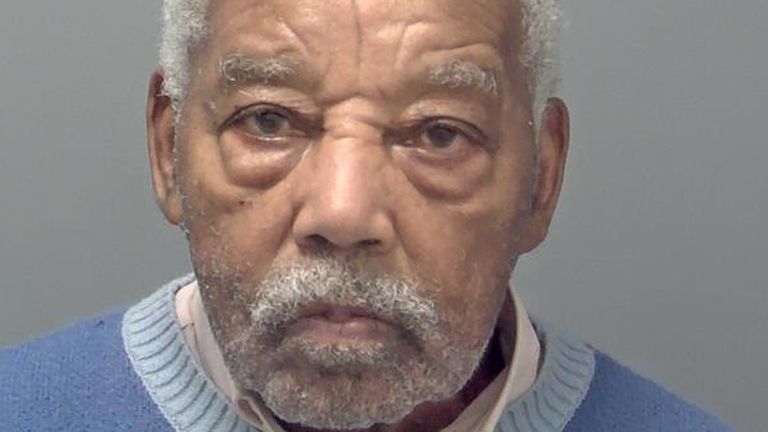On July 9, 2025, India witnessed its 22nd major nationwide strike since 1991, organized by 10 central trade unions, farmer organizations, and rural labor groups. An estimated 250 million workers—including bank employees, public-sector laborers, coal miners, and power utility staff—took part, making this action one of the largest labour mobilisations in recent memory.
Primary motives included:
-
Reversal of four new labour codes perceived as reducing worker safeguards
-
Halt to privatisation of public sector undertakings
-
Demand for a ₹26,000 minimum wage and restoration of the old pension scheme
-
Increase in staff appointments and MSP (Minimum Support Price) reforms
This collective response marks a renewed assertion of labour influence in shaping national economic policy.
Widespread Disruption Across Sectors
Transport and Commuter Services
-
Railways: Major train lines were blocked in several states, including Bihar, West Bengal, and Kerala. Many passenger services were halted temporarily.
-
Road Transport: Bus services were largely disrupted in Kerala and Odisha. In metro cities, commercial taxis and buses had inconsistent participation.
-
Highways and Local Travel: Protestors enforced blockades on key highways—impacting regional travel for up to a day.
Banking, Postal, Coal & Power
-
Banks: Thousands of bank and postal employees joined the strike, disrupting daily cash flows—particularly in Gujarat, where roughly ₹15,000 crore in transactions were at risk.
-
Coal and Power: Coal miner unions, together with electricity workers, halted operations in key mining regions, triggering power supply concerns.
State-by-State Variations
This photo of intensity illustrates the regional nuances:
| State | Primary Strikes |
|---|---|
| West Bengal | Railway stoppages; localized clashes in Kolkata |
| Kerala | Bus strikes; university exam postponements |
| Bihar | Train disruptions affecting passenger travel |
| Gujarat | Major banking interruptions in multiple cities |
| Tamil Nadu | Over 30,000 protest-related arrests, widespread mobilization |
| Metro Regions | Mixed compliance; private services mostly operational, public ran sporadically |
Protest leaders rallied behind a 17-point charter, which included calls for:
-
Repeal of four labour codes
-
Preservation of public sector employment
-
A national minimum monthly wage of ₹26,000
-
Revival of the old pension scheme
-
Stop to outsourcing and large-scale hiring
-
Enhanced crop MSP and rural safeguards
These represent converging demands from both formal and informal workers, underscoring deep-seated economic concerns.
Government Response and Enforcement
-
The central government maintained business-as-usual in administrative functions—no official holidays were issued.
-
Security forces were deployed in hotspot states such as Tamil Nadu, Kerala, and Gujarat to prevent escalations.
-
Authorities made selective arrests, with hundreds detained in areas like Tamil Nadu’s commercial hubs.
State governments varied in their level of intervention—some attempting to keep key services running, others effectively maintaining shutdowns.
Economic and Social Ramifications
-
Financial Services: Banking disruptions hindered billions in transactions, particularly loans, bill payments, and withdrawals.
-
Transport Sector: Rail and road movement saw delays, leading to commuter inconvenience and logistical backlogs.
-
Commercial Activity: Urban centres functioned with limited activity; smaller towns bore the brunt of closures and reduced commerce.
Despite significant impact, essential private services, e-commerce deliveries, and digital transactions carried on in many cities.
Historical Context and Broader Reach
This Bharat Bandh reflects the deepening alliance between urban labour and rural farmer groups. While previous strikes often centered on traditional industrial workers, the July 9 action included a stronger presence from rural and agricultural unions—indicating a shift in protest dynamics and national reach.
Key Takeaways
-
Scale: Quarter of a billion participants reflect the scale and cohesion of current labour and farmer movements.
-
Scope: Objectives went beyond work stoppage, targeting systemic economic and social policy trends.
-
Impact: National transport and banking systems experienced real strain, though metros remained comparatively less affected.
-
Direction: The joint urban-rural platform may signal future political salience and potential reforms.
Moving Forward
India now faces a pivotal crossroads. Questions ahead:
-
Will the government engage in meaningful negotiations, particularly around the labour codes and minimum wage demands?
-
How will banking disruptions influence policy on public sector reform?
-
What role will regional government strategies play in shaping the next round of talks?
These questions will shape the post-Bandh landscape, influencing both policy and political discourse.




